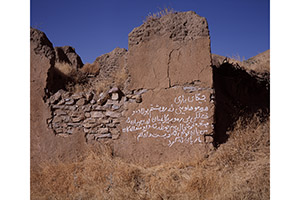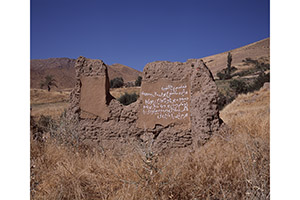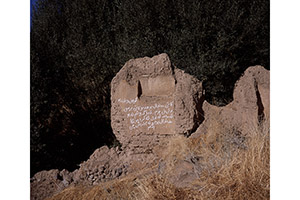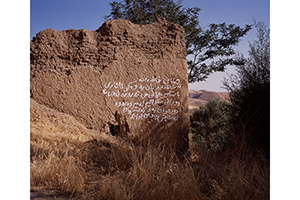Afaryan Project
Afaryan Project
Afaryan Monolog, Afaryan Memories and Notes on the Wall comprise an art project that uses memory to tell the story of Upper Afaryan, A Kurd village in Western Iran. The work is based on interviews with former villagers and documentation from the village’s ruin. It traces the history of Upper Afaryan, from its feudal formation more than 400 years ago to its abandonment in the aftermath of the country’s 1979 Islamic Revolution, in a pastiche of documentary film, photographs and recollections of former villagers that have been recorded both in Iran and in Europe. Working from the premise of individual interpretation, the project casts the village as both hell and paradise. Those with connections to the village perceive it in different ways. Some recall fond memories, while others see it as a place to leave at the earliest possible opportunity, often depending on their station on the hierarchy of village life. For some, it is an oasis, albeit on that is best remembered. Others are eager to return and rebuild. Using place as cultural touchstone, the project demonstrates how individual recollection shapes collective memory. In doing so, it reveals the arbitrary nature of history, and shows us those same attributes at work among members of the village diaspora as they go about their daily lives. As the artists note: ”It is a generally acknowledged fact is that history is written by the victors. The memories of individual people can therefore provide different perspectives to those of mainstream documented history. In some cases they can provide the only source for gaining insight into a collective experience. We all have a right to our own history.”



